There are no monkeys in Australia. None. I came to this realization as I was hiking through the Great Otway National Park in Victoria, along the Great Ocean Road. There were dozens of varieties of huge eucalyptus trees and prehistoric-looking cycads, perfect for frolicking monkeys. But not a monkey to be seen.
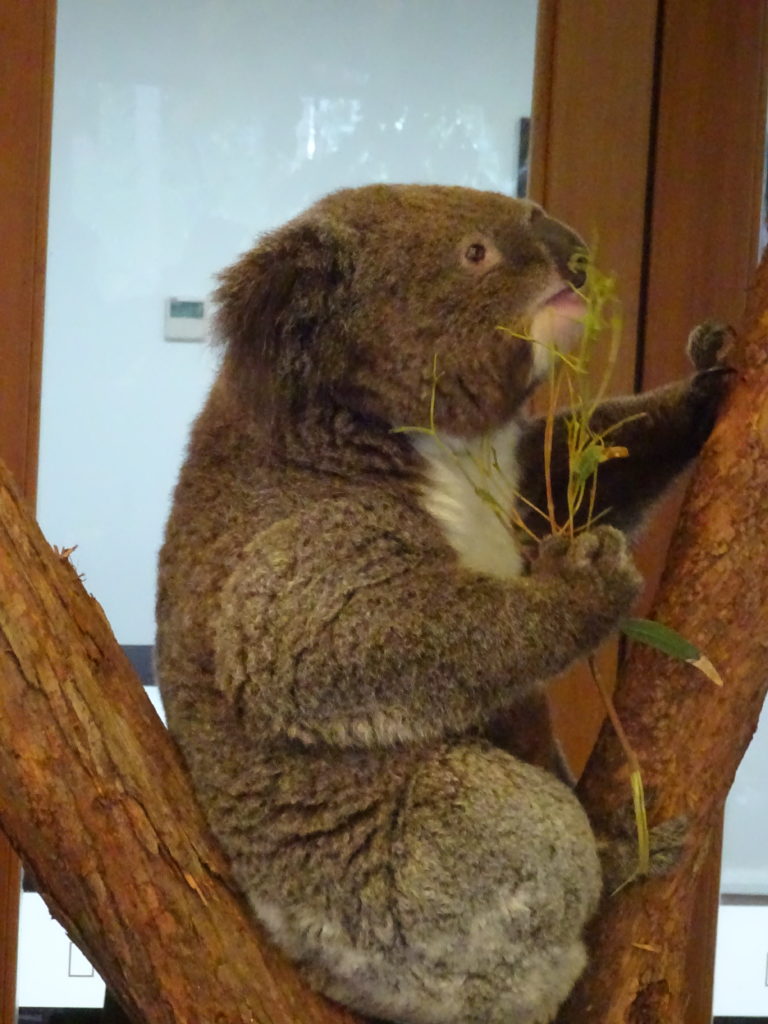
Koala (Not a monkey)
The continent has more than its fair share of marsupials, those pouch-bearing mammals that are iconic of Australia. There were bandicoots, bilblies, wombats, dozens of varieties of possum (including gliders), enough wallabies to start a circus (not to be confused with the flying Wallendas), and even Tasmania devils and marsupial moles. And let’s not forget the kangaroos in types ranging from rat to red, East and West grey, and antilopine (antelope-like). There are even a handful of tree kangaroos and the somewhat related monotremes that lay eggs (platypus and echidna).
Add to that the emus, cassowary, parrots, lorikeets, kookaburra, and a hefty variety of other odd-looking (and sounding) birds. Then there are the introduced species like rabbits (tons and tons of rabbits), sheep, cattle, deer, and flies. Especially flies.
But no monkeys.
About 260 species of monkeys inhabit the world. New world monkeys live in Central and South America; their prehensile tails and lack of cheek pouches being their most distinguishing features. Old world monkeys live in Asia and Africa. These lack the prehensile tails but have cheek pouches to store food. If you must get intimate with any particular monkey, feel free to check for rump pads and nostril presentation. Personally I’m sticking with the whether they have a tail or not.
Most monkeys are tropical, so the temperate rain forests of southern Australia would seem a good option. There are even cold-climate monkeys in northern Japan and the Himalayas, so there really is no excuse for their absence in Australia. Back in 1862, while the United States was distracted by the American Civil War, then Victoria Governor and patron of the sciences Sir Henry Barkly called for the introduction of monkeys into the colony’s forests “for the amusement of wayfarers, whom their gambols would delight.” Notwithstanding the obvious attraction of gamboling monkeys, Barkly was replaced as Governor before the idea caught on no monkeys were introduced.
By why aren’t they there naturally?
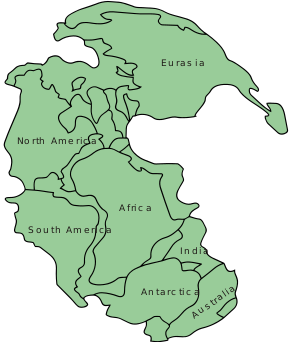 The answer is a combination of timing and plate tectonics. At one time most of the continents were clumped together in what was called Pangea. But around 175 million years or so ago Pangea started to move apart. Given Australia’s position and movement away from the other land masses, and given that primates like monkeys are a relatively new evolutionary grouping (25 to 40 million years ago), there was no feasible way for monkeys (or monkey ancestors) to travel to the secluded island of Australia.
The answer is a combination of timing and plate tectonics. At one time most of the continents were clumped together in what was called Pangea. But around 175 million years or so ago Pangea started to move apart. Given Australia’s position and movement away from the other land masses, and given that primates like monkeys are a relatively new evolutionary grouping (25 to 40 million years ago), there was no feasible way for monkeys (or monkey ancestors) to travel to the secluded island of Australia.
Ah, but you say there were land bridges during the ice ages. So true. And this is how Australian Aborigines probably reached the continent about 60,000 years ago. But other primates didn’t make it that far. Orangutans, for example, can be found in Indonesia and Malaysia, but never quite made it as far as Papua New Guinea, and definitely not to Australia.

Scientists have identified a series of “Wallace Lines” (named for Alfred Russel Wallace, who wrote a paper suggesting much the same thing about evolution as Darwin was about to publish). Because of the positioning of the tectonic plates (Australia and Asia are on different plates), there were natural breaks that made transport difficult. That’s why there are no monkeys in Australia, and also why there are no kangaroos or other marsupials in Asia (the one exception to both rules could be the Indonesian island of Sulawesi, which sits in between the two continents).
My hike through the Great Otway National Park continued sans monkeys, but the majesty of the mountain ash (a kind of eucalyptus) made up for it. I didn’t see any monkeys, but I did get to admire the koalas and kangaroos. And that is what Australia is all about.
Like this:
Like Loading...
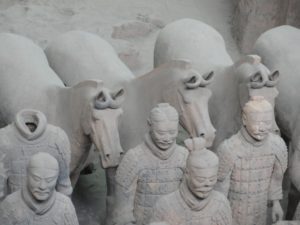 A few years ago I visited the famed terra cotta warriors in their home – Xi’an, China. Located a little more than half way between Beijing and Chengdu, Xi’an sits among the mountains of central China.
A few years ago I visited the famed terra cotta warriors in their home – Xi’an, China. Located a little more than half way between Beijing and Chengdu, Xi’an sits among the mountains of central China.


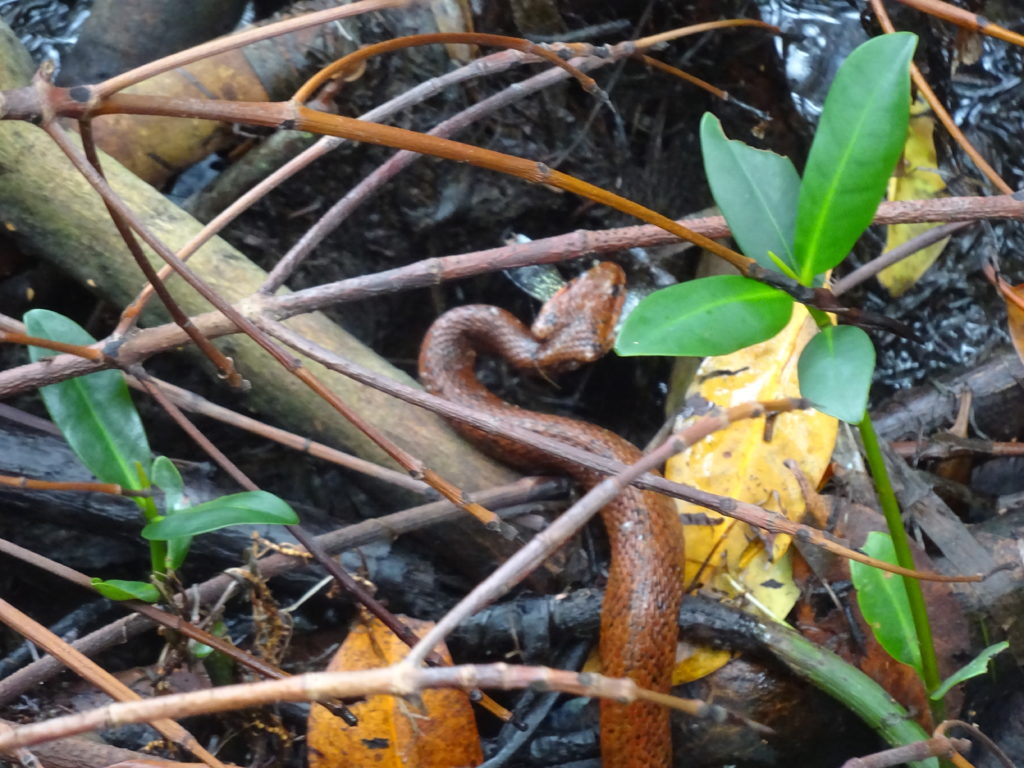
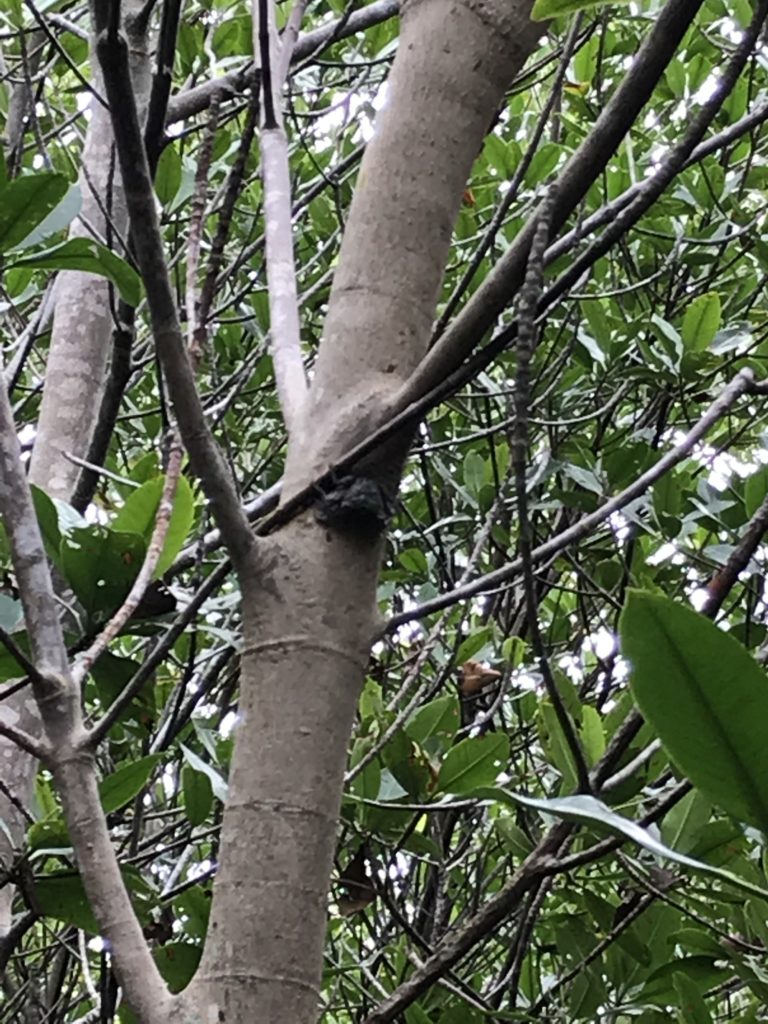
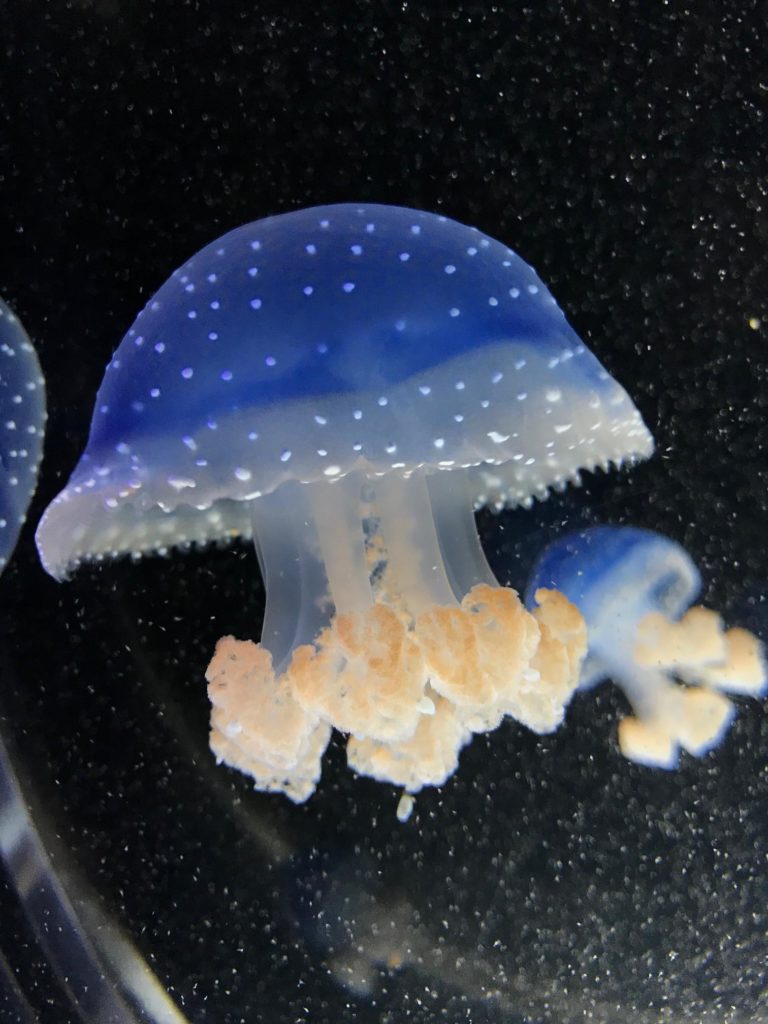
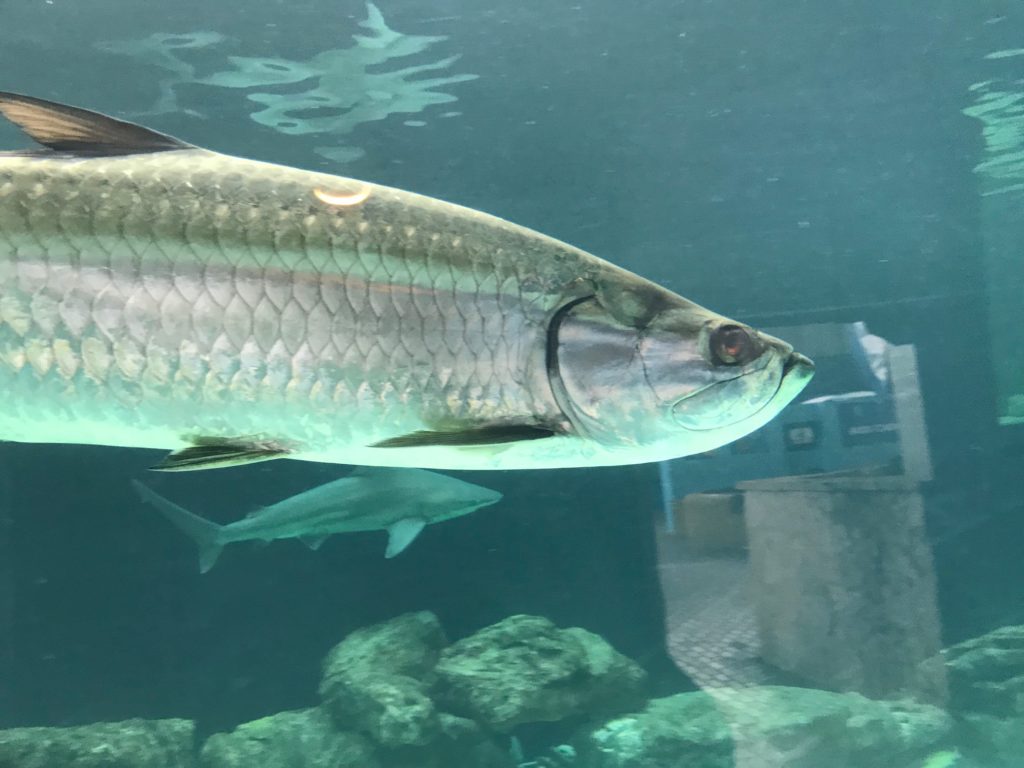

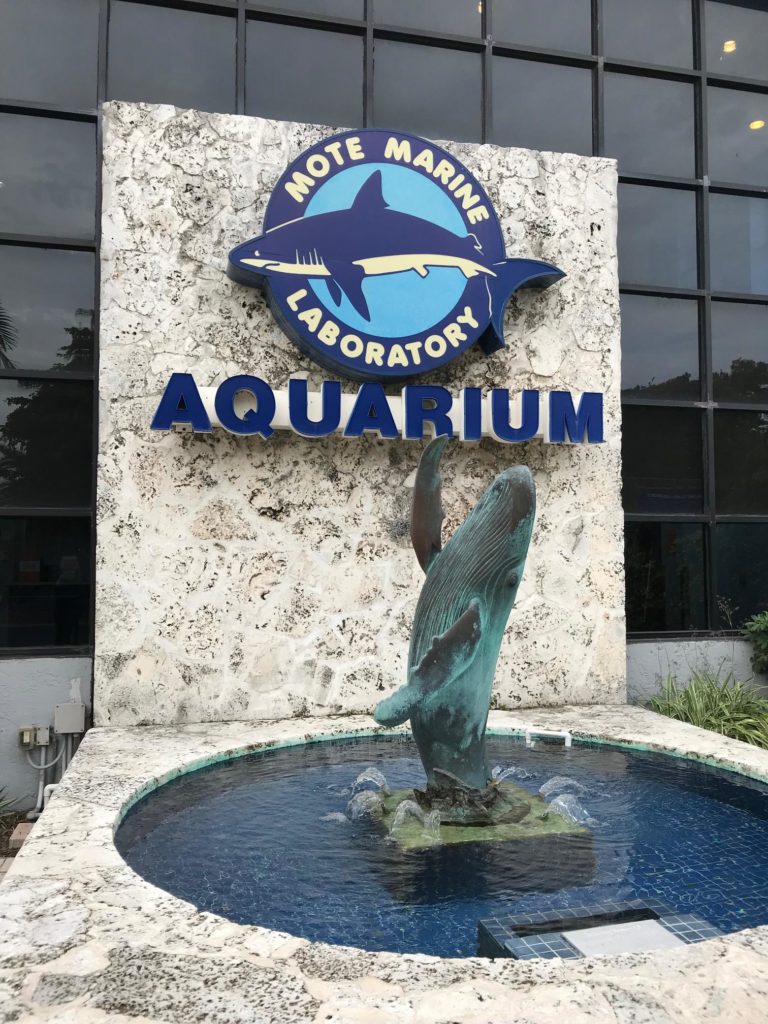
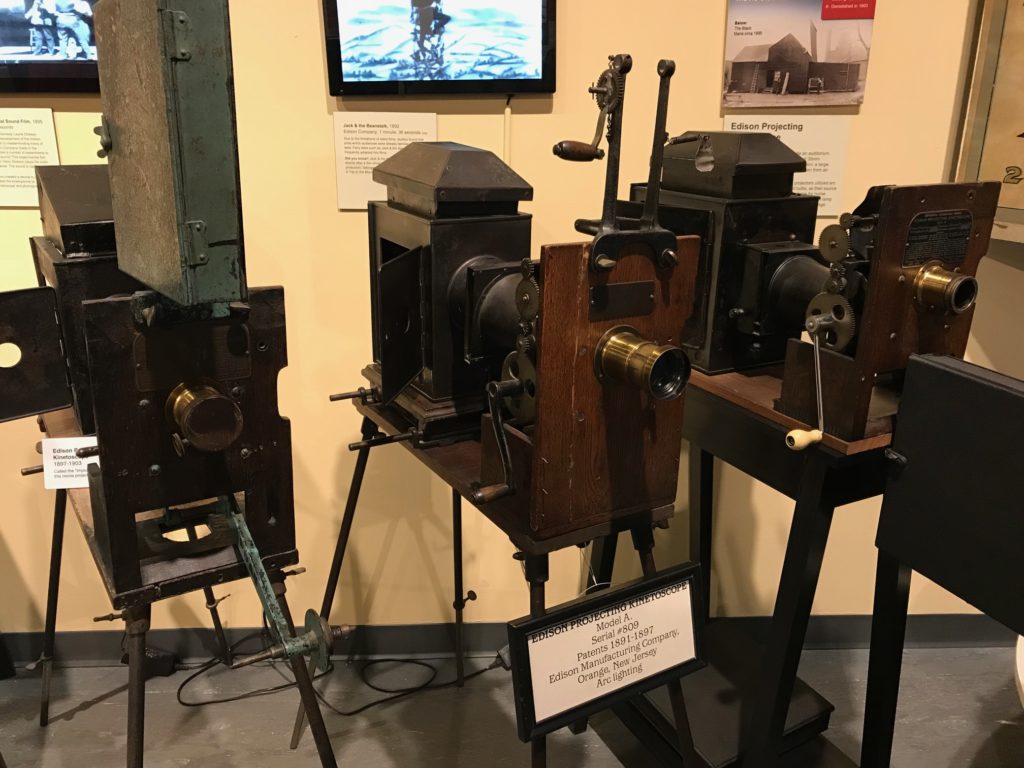
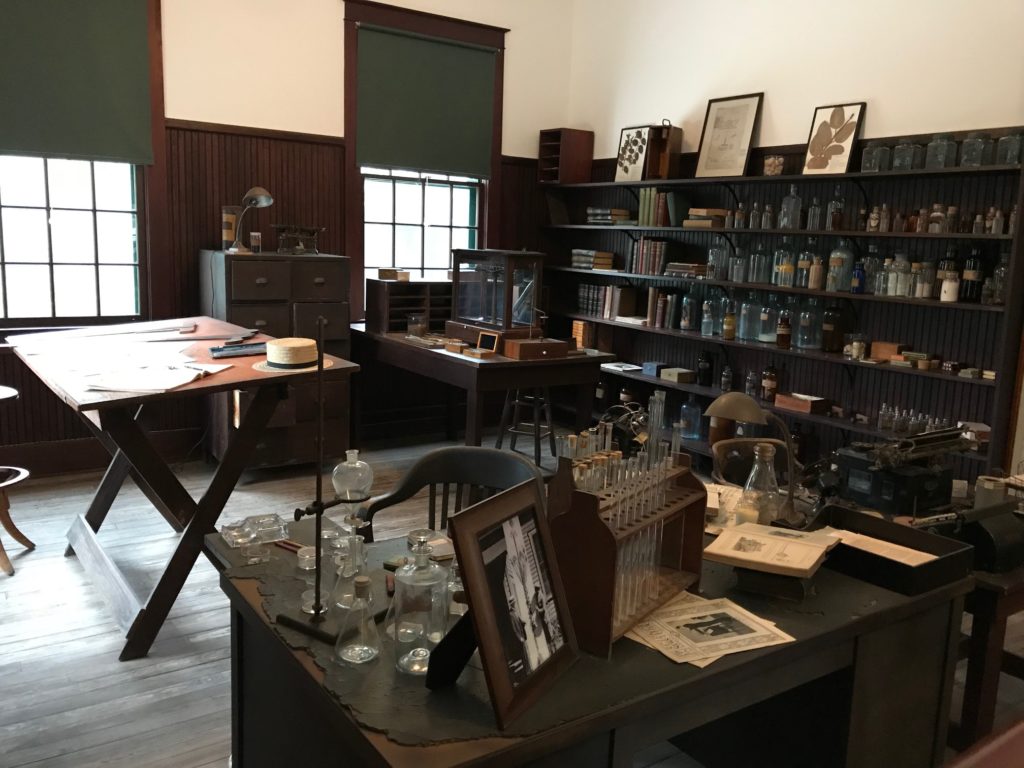
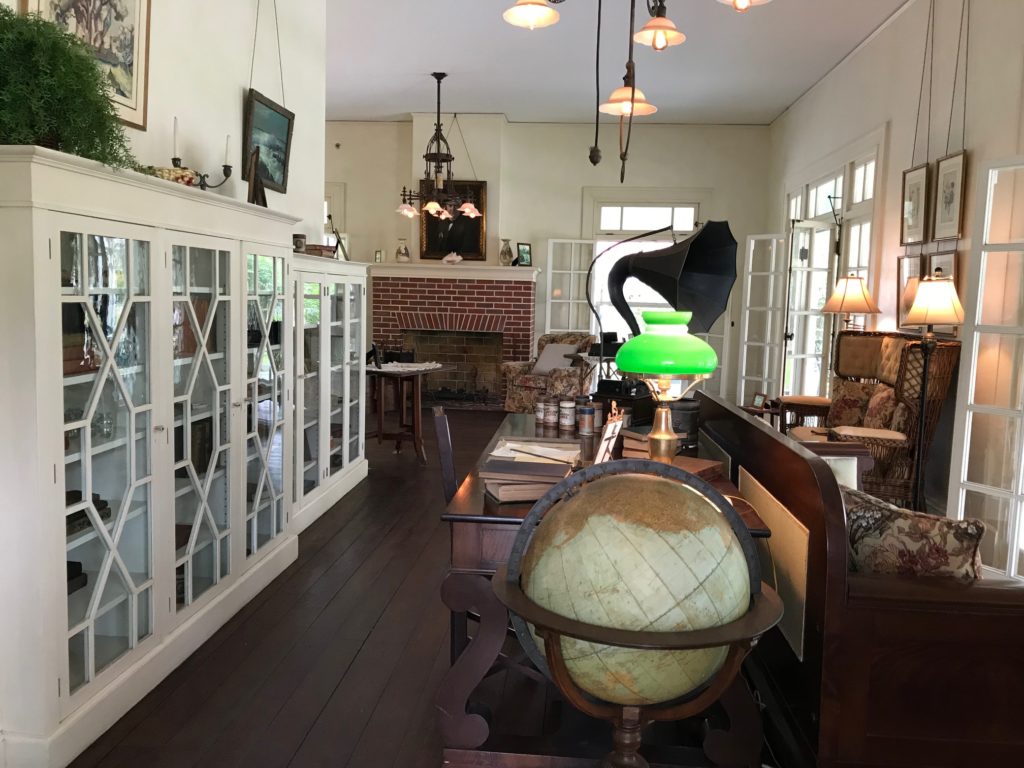
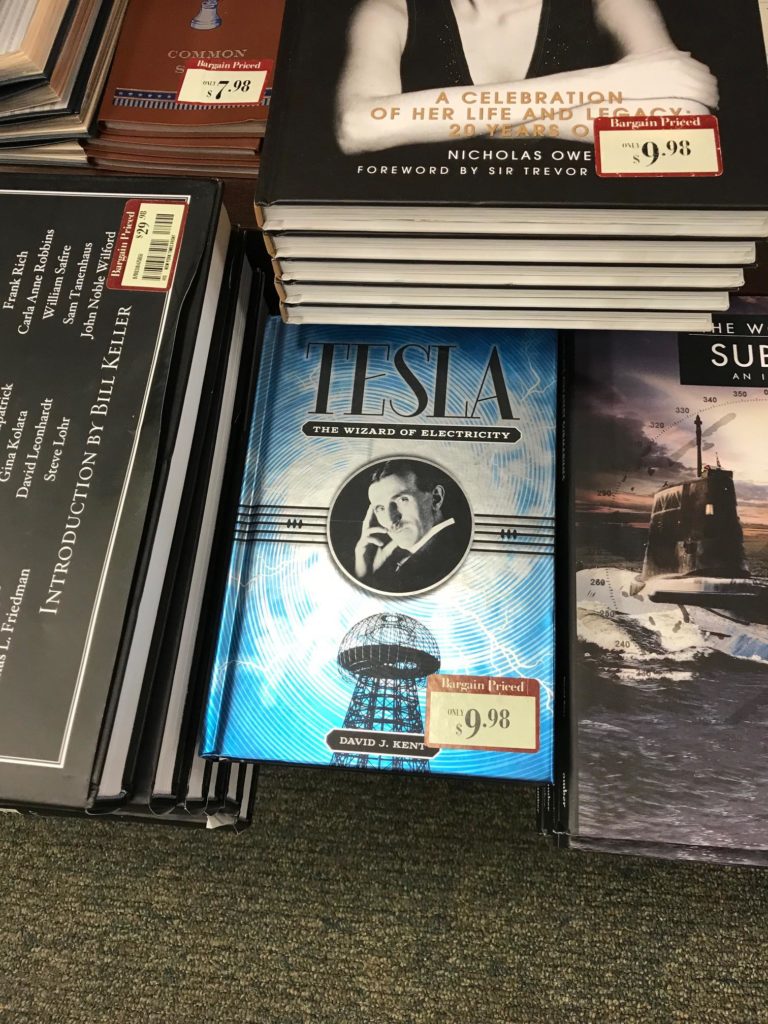
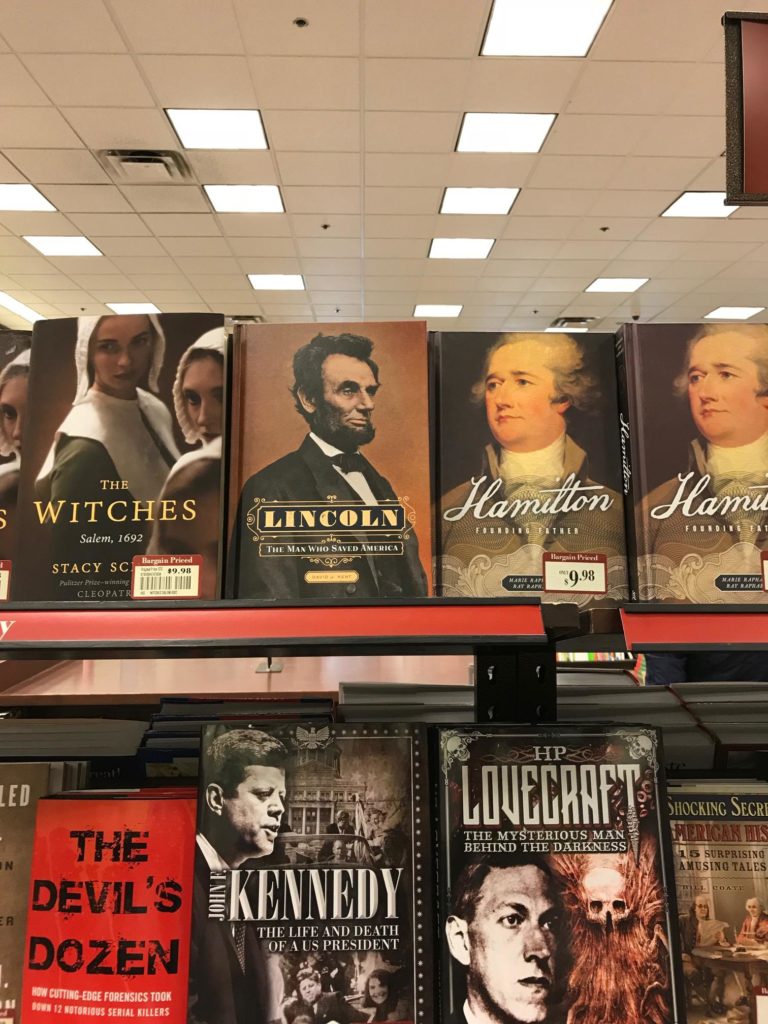
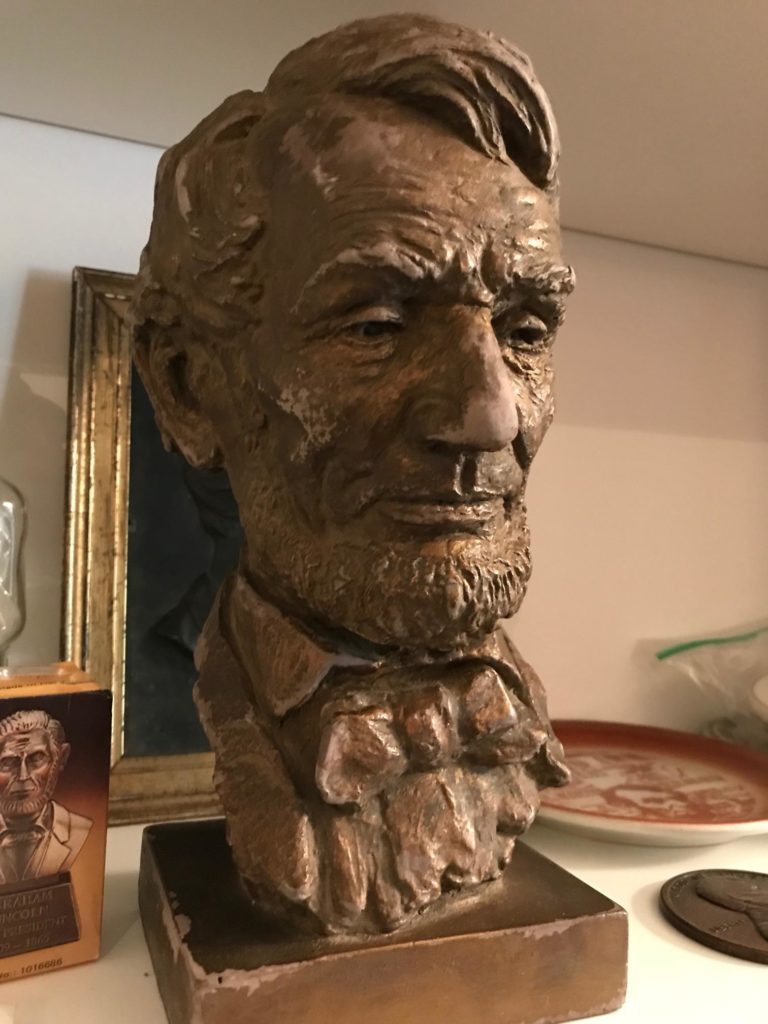

 The answer is a combination of timing and plate tectonics. At one time most of the continents were clumped together in what was called Pangea. But around 175 million years or so ago Pangea started to move apart. Given Australia’s position and movement away from the other land masses, and given that primates like monkeys are a relatively new evolutionary grouping (25 to 40 million years ago), there was no feasible way for monkeys (or monkey ancestors) to travel to the secluded island of Australia.
The answer is a combination of timing and plate tectonics. At one time most of the continents were clumped together in what was called Pangea. But around 175 million years or so ago Pangea started to move apart. Given Australia’s position and movement away from the other land masses, and given that primates like monkeys are a relatively new evolutionary grouping (25 to 40 million years ago), there was no feasible way for monkeys (or monkey ancestors) to travel to the secluded island of Australia.

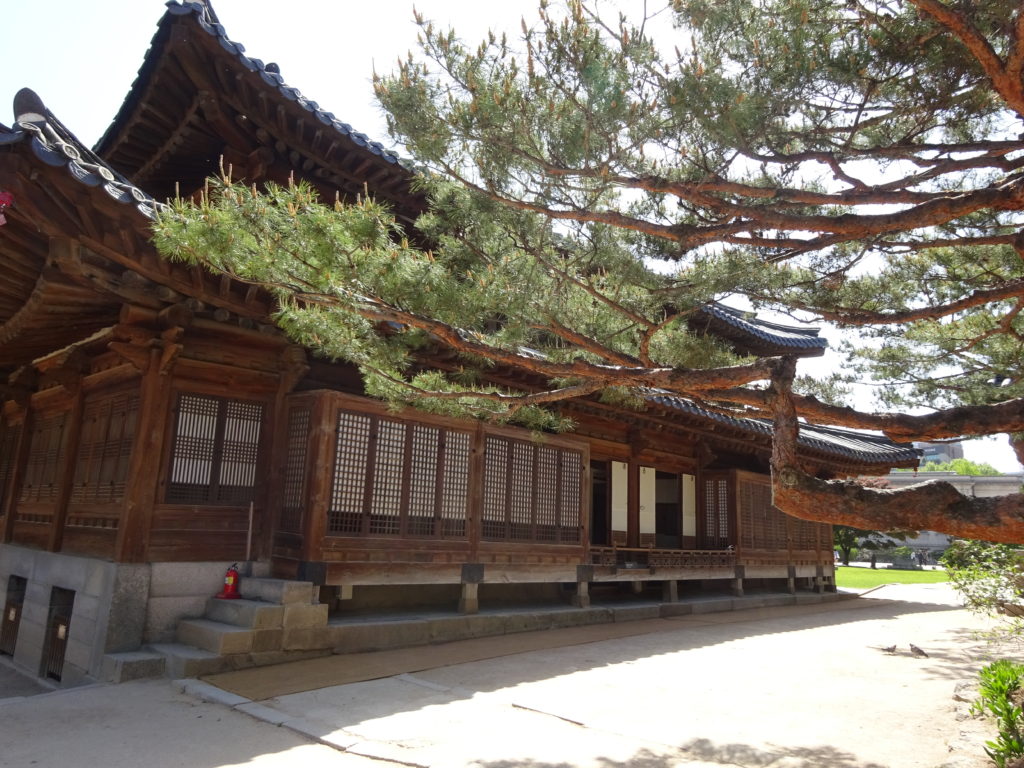
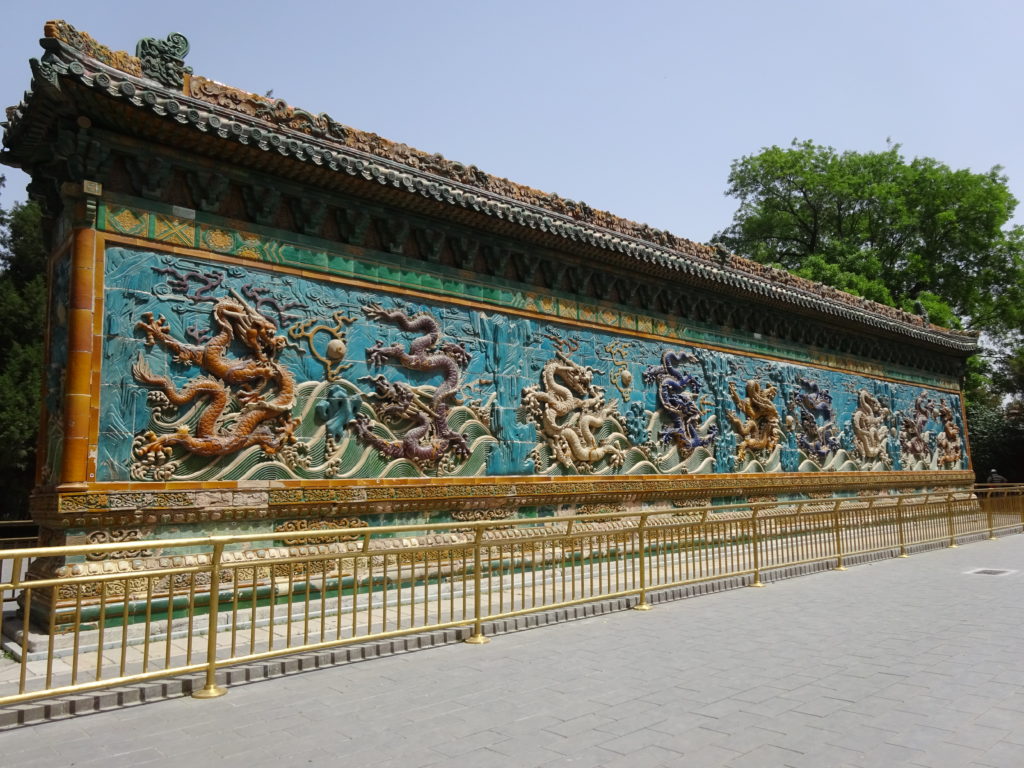










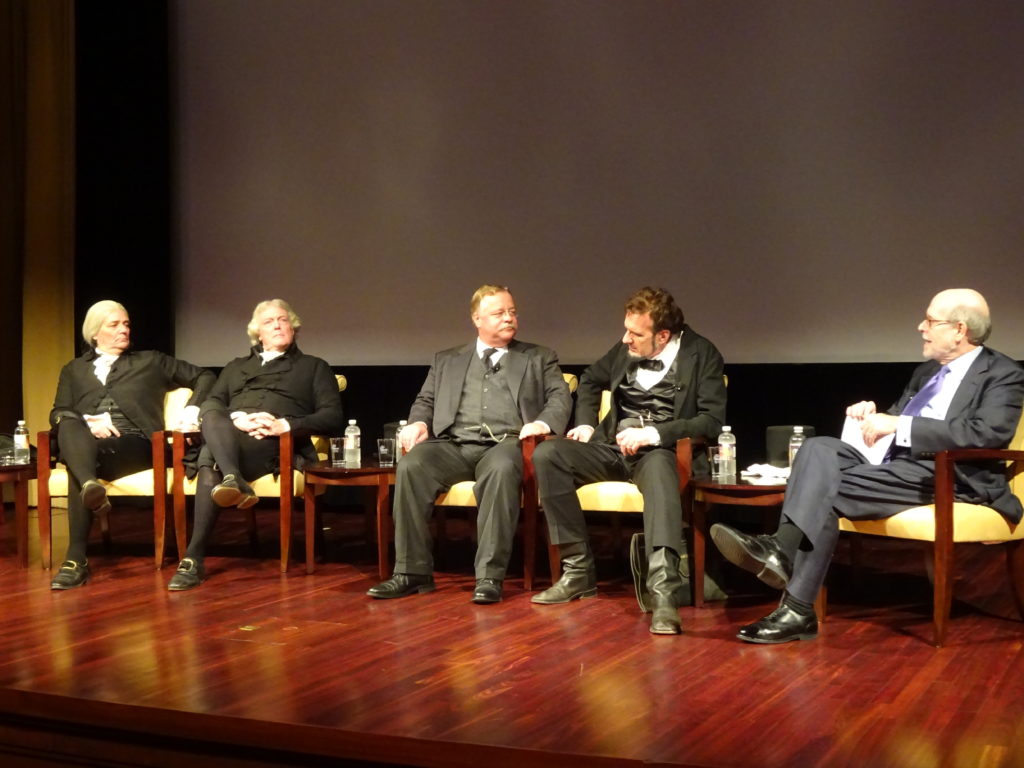
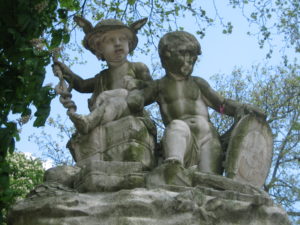 I’ve been writing periodic posts cataloguing my previous three-year secondment to Brussels.
I’ve been writing periodic posts cataloguing my previous three-year secondment to Brussels. 





























